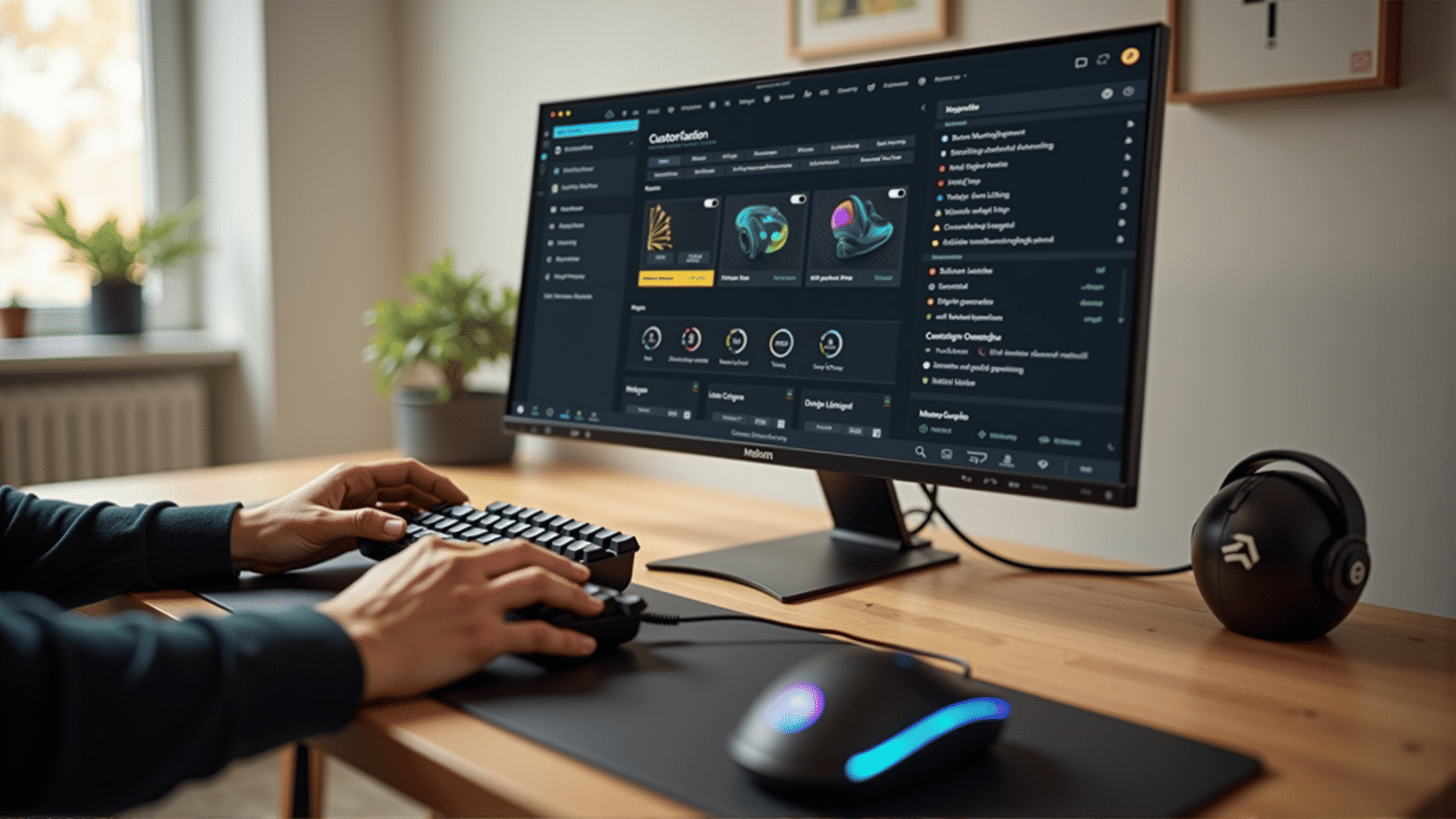In today's interconnected world, the seamless integration of digital tools is transforming the way we interact with devices, offering users unprecedented versatility and control. By connecting various applications and digital ecosystems, individuals can unlock new levels of functionality and efficiency, enhancing the way peripherals are used in everyday life.
One of the key advantages of this interconnected environment is the ability to centralize control. For instance, a user can now manage multiple devices such as printers, scanners, and other hardware from a single platform. This consolidation not only simplifies the user experience but also reduces time spent navigating between different interfaces. By integrating these platforms, users are empowered to execute tasks with minimal effort, thereby boosting productivity.
Moreover, this interconnectedness enables enhanced customization. Users have the liberty to tailor device operations to suit specific needs. Whether it involves adjusting the settings of a device remotely or automating routine tasks through connected applications, integration facilitates a personalized experience. Customization options can range from simple configurations to complex task sequences, allowing devices to operate autonomously based on user preferences.
The ability to seamlessly share data across multiple platforms is another significant benefit. For professionals and hobbyists alike, having devices that communicate effectively means smoother workflows and easier collaboration. For instance, real-time data sharing between a computer and connected devices can improve project management, ensuring all stakeholders have access to up-to-date information without manual updates.
Security is a crucial component when integrating various digital systems. By synchronizing devices, users can implement unified security protocols across all platforms, ensuring robust protection against unauthorized access. Integration allows for consistent updates and security patches, reducing vulnerabilities and enhancing data protection overall.
Furthermore, this interconnected ecosystem promotes sustainability and energy efficiency. Smart integration can lead to a reduction in energy consumption by optimizing device operations according to usage patterns. For example, interconnected devices can be set to power down when not in use or shift to low-energy modes during periods of inactivity, thus contributing to energy conservation.
Finally, as technology continues to advance, we can expect integration capabilities to expand even further. With the rise of AI and machine learning, future integrations will likely offer even more sophisticated features, allowing devices to learn from user behavior and adapt in real-time.
In summary, integrating digital tools not only augments device functionality but also streamlines operations, enhances user control, and opens up new possibilities for personalization and efficiency. As we continue to embrace these advancements, the potential for innovation and improved user experiences will only grow, reshaping the way we interact with the digital landscape.
